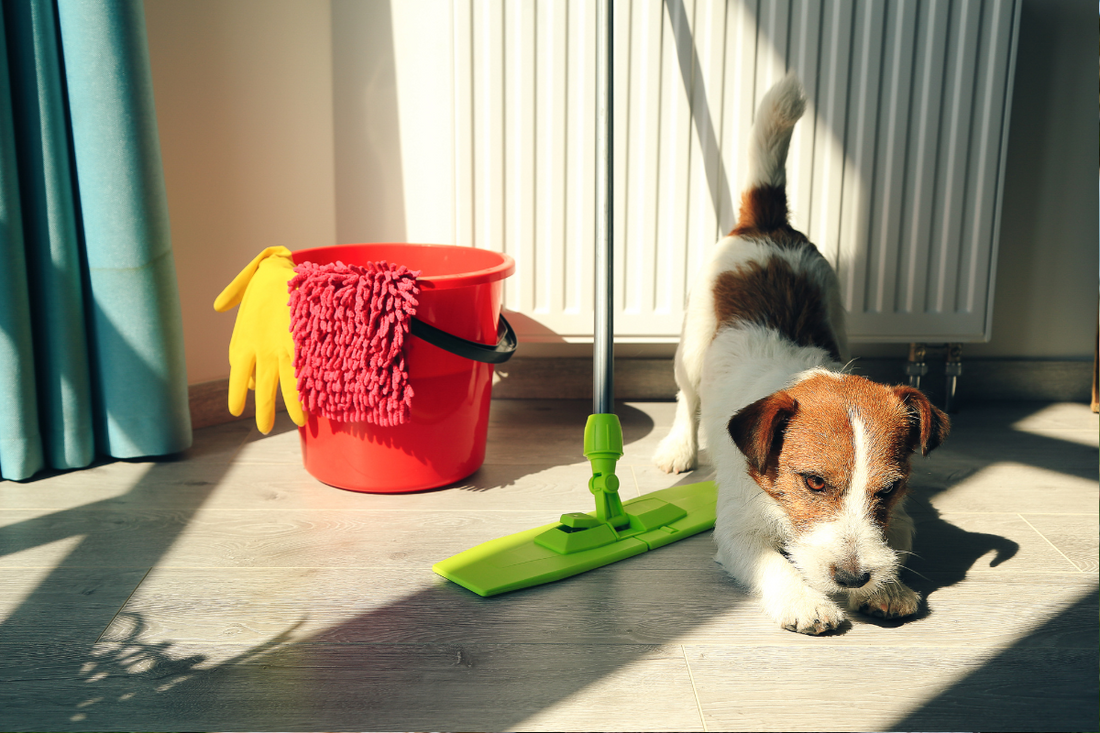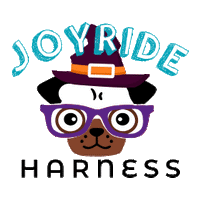Household Products That Are Poisonous For Your Dog

If you’ve ever had a toddler in your home, you know how important it is to baby-proof everything. Think of your pets as permanent toddlers! Keeping your furry friends safe from household products and chemicals is crucial.
Many everyday items can cause problems for dogs and cats, ranging from upset stomachs (vomiting and diarrhea) to serious issues like seizures, liver or kidney failure, and even death if not treated quickly. But don’t worry—it’s easy to keep your pets safe with a bit of planning and attention to detail.
Household Products That Can Harm Your Dog

Almost any household product can be dangerous to your dog, even those labeled “safe” or “natural,” including homemade products. While the ingredients are often the harmful component, the amount and method of exposure also play significant roles. Here are some common household items that can pose a risk and should be stored carefully:
- Antifreeze, deicer
- Bleach or bleach-based cleaners
- Carpet or rug cleaner/shampoo/deodorizer
- Essential oils
- Plant fertilizer
- Glue, other adhesives
- Laundry or dishwasher detergent
- Paint, solvents, spackle
- Rat/mouse/slug bait or other insecticides
- Vinegar (plain or mixed with water)
- Window cleaner
Hazardous Ingredients to Avoid in Household Products

Certain ingredients are best avoided altogether. If you see these on product labels, it’s safest not to use them around your dog:
- Chlorine bleach
- Phthalates (sometimes listed as “fragrance”)
- Ammonia
- Glycol ethers (such as ethylene glycol in antifreeze)
- Formaldehyde
- Benzalkonium chloride (found in many disinfectants)
- How Pets Come into Contact with Toxic Products
Pets can be exposed to toxic household products in several ways, all of which can lead to poisoning:
- Ingestion: Pets often eat first and ask questions later. Licking, chewing, or swallowing the wrong product can result in toxicity.
- Direct Contact: Pets can absorb toxins through their skin. If they get something hazardous on their fur or paws and then lick it off, they can ingest the poison.
- Inhalation: Similar to humans, pets can suffer respiratory irritation or damage from inhaling chemicals, essential oils, perfumes, paint, and gasoline fumes.
- Secondary Ingestion: If your pet eats a rodent that has ingested poison, they can also be poisoned.
Keeping Pets Safe from Household Products

Even the most careful dog parent can be challenged by a dog that can reach high places. A bit of extra planning can go a long way in keeping your dog safe.
-
Always Check the Product Label: Look for safety warnings about toxicity and what to do if the product is ingested or comes into contact with skin. If it’s dangerous for humans, it’s likely dangerous for pets too.
-
Natural Doesn’t Mean Safe: Even if something is labeled natural, it’s best to consult a vet or trusted resource to confirm it’s safe for your dog.
-
Look for Pet-Safe Products: Some cleaners and disinfectants are designed to be safer for pets. Keep an eye out for “pet safe” on the label, but always double-check with your vet.
-
Store Products Securely: Keep household products in cupboards or cabinets that pets can’t reach. Use child safety locks, especially for lower cabinets.
-
Never Leave Your Pet Alone in the Garage: Many household toxins are stored in garages, making them dangerous places for unsupervised pets. Store hazardous products in locked cabinets.
-
Don’t Switch Containers: Always keep products in their original containers with labels for proper storage and emergency reference.
-
Avoid Pet Food/Water or Sleeping Areas: Don’t store or use toxic products near your dog’s food, water, or sleeping areas.
-
Be Cautious with Odor Removers and Scented Products: Products that claim to remove odors or are heavily fragranced often contain potentially dangerous chemicals.
-
Let Wet Areas Dry: When cleaning, ensure surfaces are completely dry and odor-free before letting pets back into the area.
-
Keep dog Indoors During Outdoor Treatments: When using fertilizers or other chemicals outside, keep your dog indoors and follow label instructions.
What to Do in Case of Exposure

If your dog is exposed to a toxic product, call the ASPCA Poison Control or Pet Poison Helpline immediately. Both are available 24/7 for pet-specific poison help. If your pet shows severe symptoms like collapsing, losing consciousness, seizures, or difficulty breathing, go to the nearest vet hospital immediately.
Household products we consider safe can pose risks to dog if they are exposed. Using common sense and planning how you use and store these products can prevent dangerous situations.
When using cleaning products or other household items, keep your pet out of the room until you’re done. Ensure surfaces are dry and the air is free of product odors before allowing pets back in. Always err on the side of caution to keep your furry family members safe and healthy!
---
This is just a sampling of informational roundups we offer at Joyride Harness. You can find more tips and tricks and how-to’s for caring for your dog on our blog at this section. Feel free to leave a comment with things you’re looking for!





















